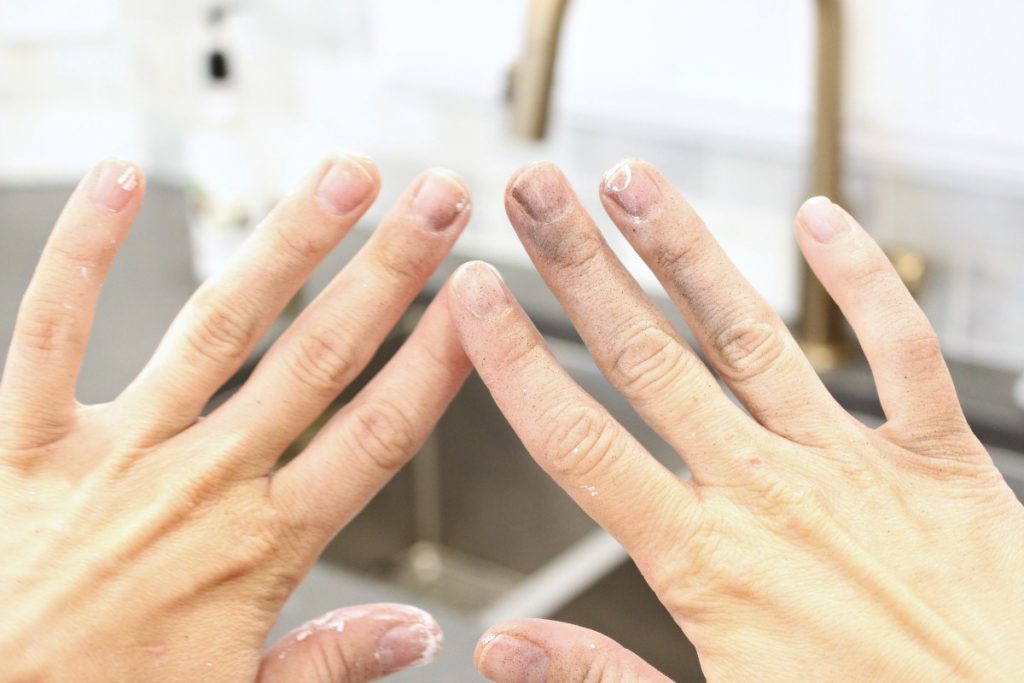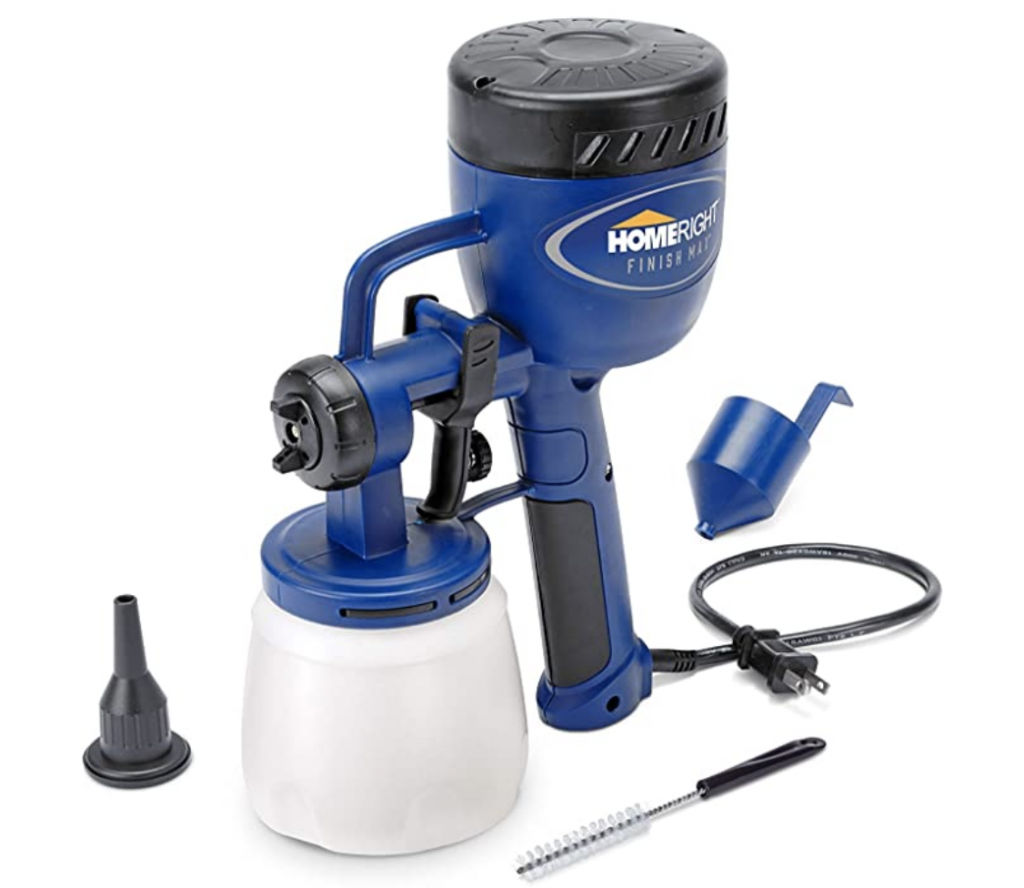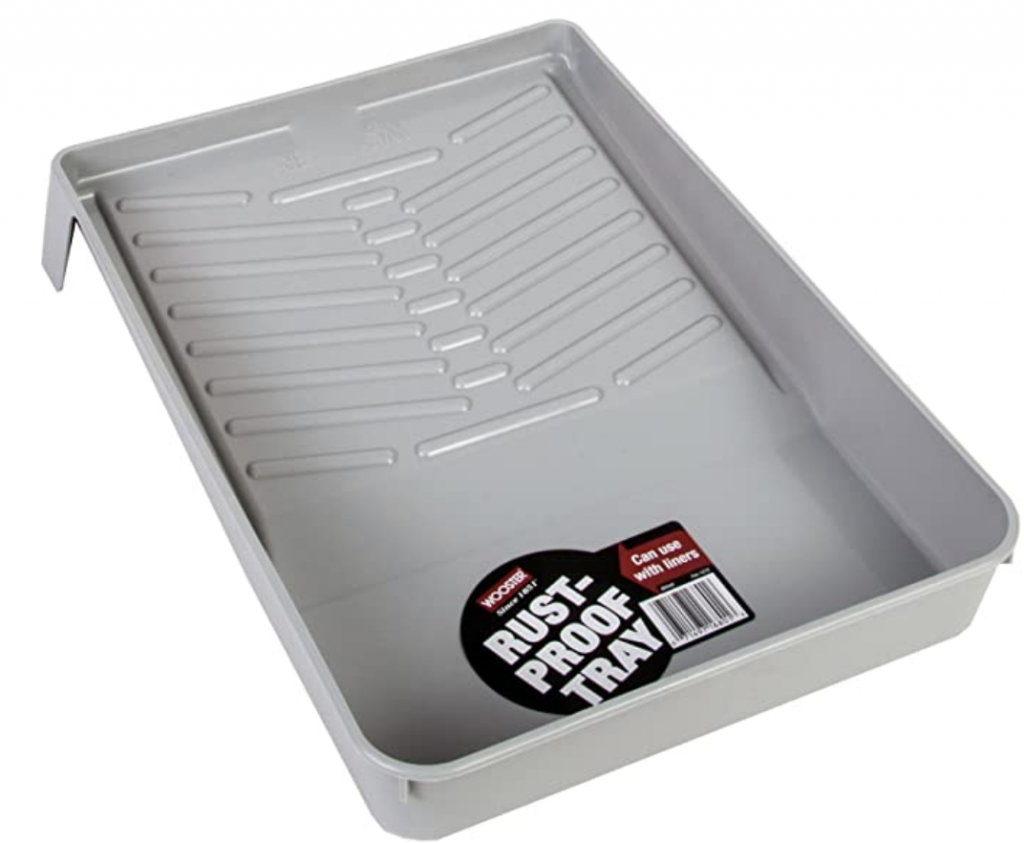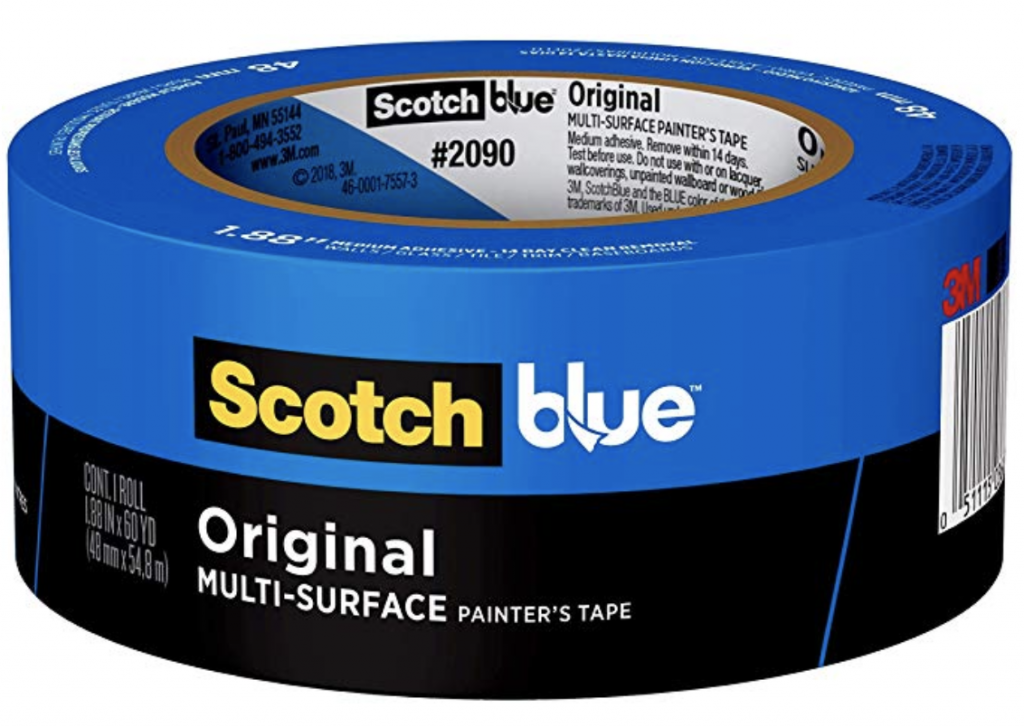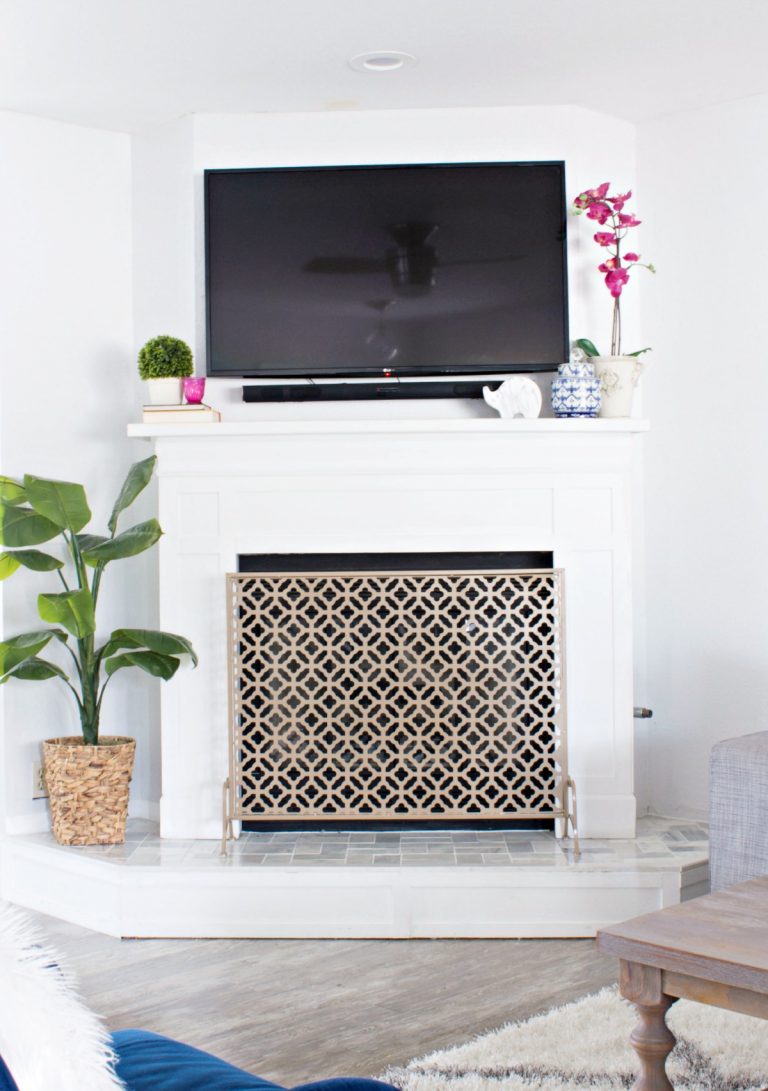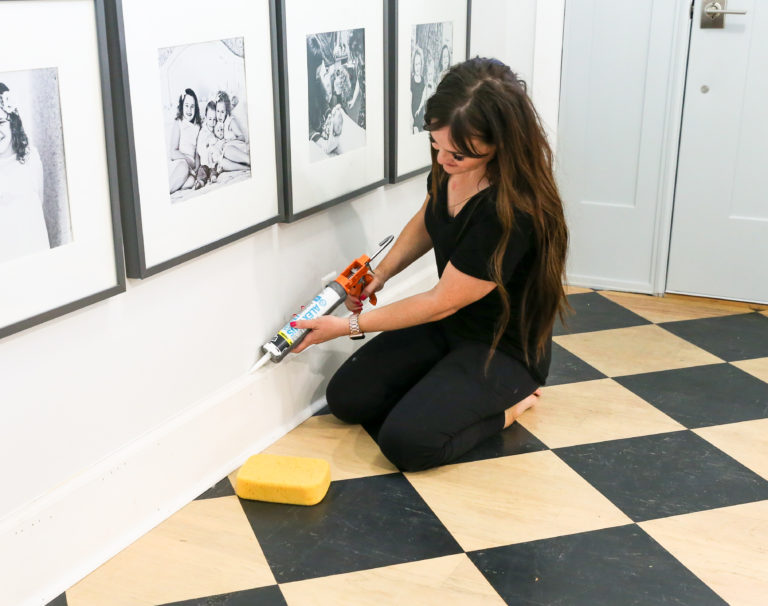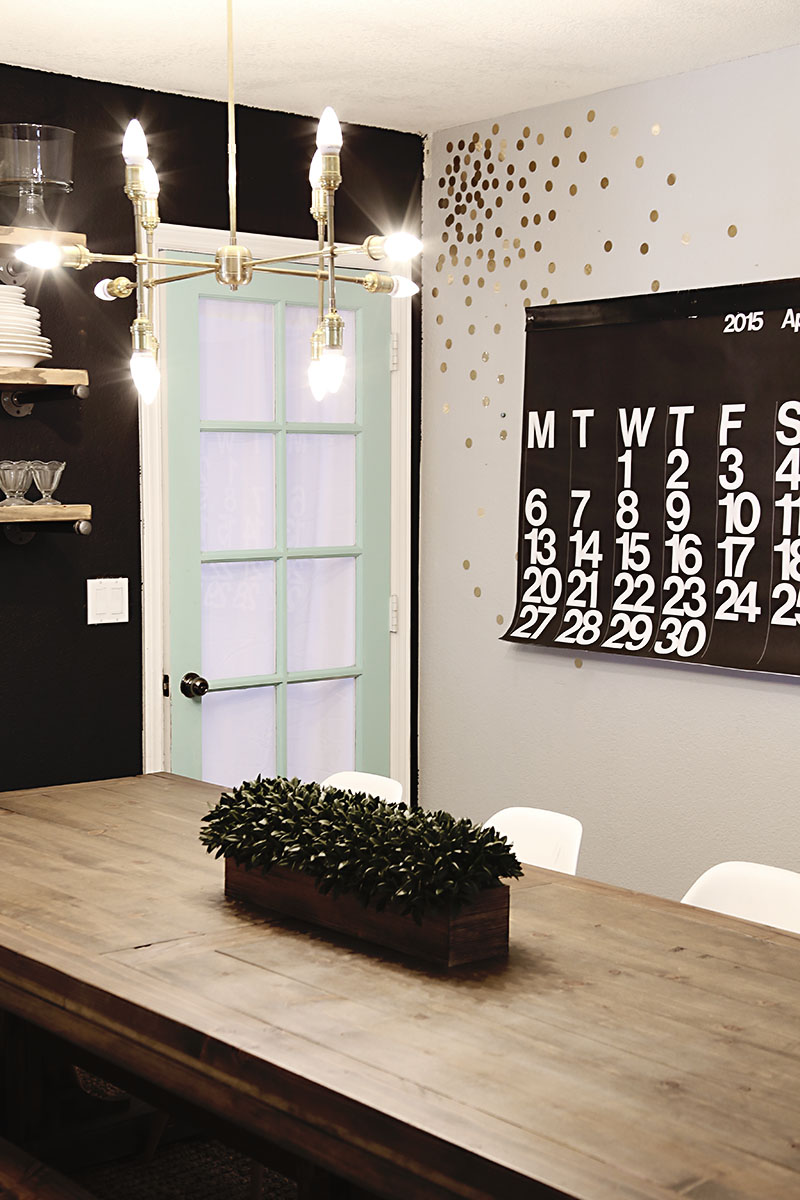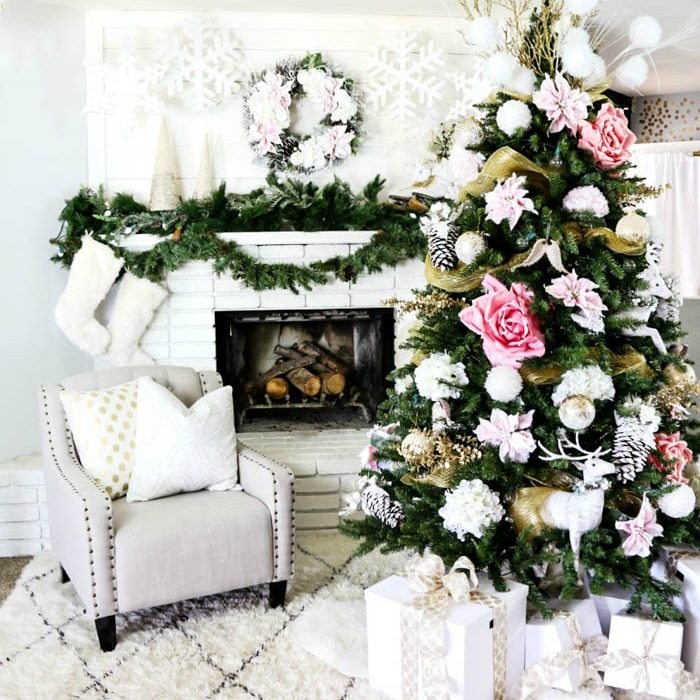How to Paint a Room
Learning how to paint a room is one of the most simple ways to transform a space! I have been doing lots of painting and I am always looking to improve my painting skills for painting both my home (walls, trim, cabinets, etc) and tips for painting furniture! I have been gathering some tips here and there so I thought I’d share those with you!
I’ve said this a million times – but paint changes EVERYTHING! I get asked several times per day about paint colors around my home and today on the blog, I’m so excited to share a round of up the colors and brands we have used at #SavannahsModernRanchHouse! This is LONG overdue!
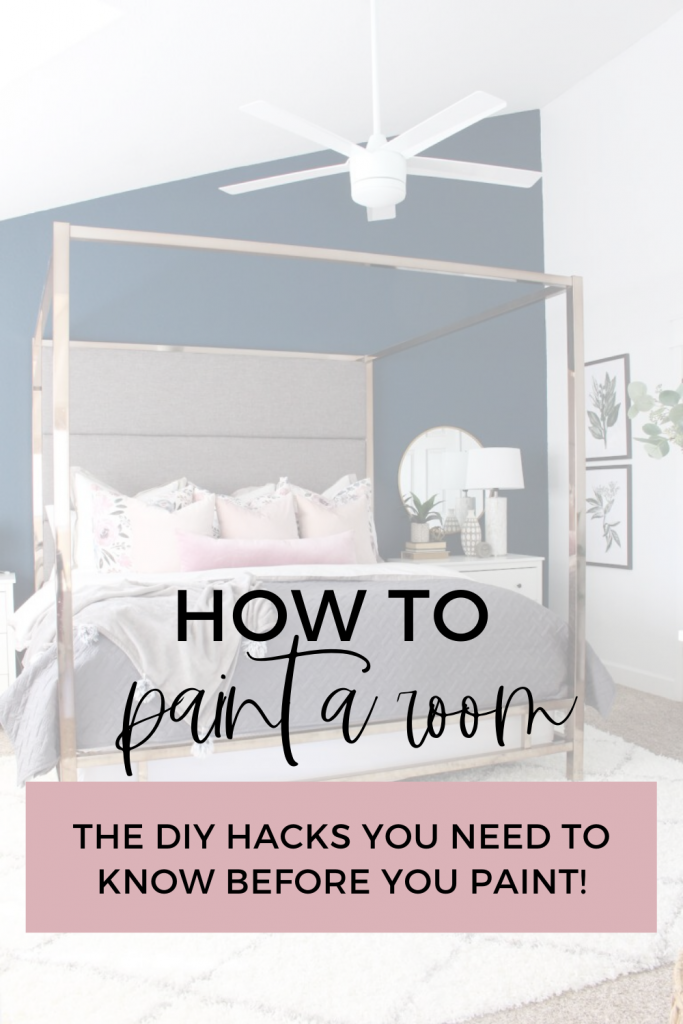
Before we get started, here are a few other posts we have done about painting!
- The Ultimate List of Accent Wall Ideas
- Spray Painting FAQs
- How to Chalk Paint Furniture
- How to Paint a Front Door
- How to Paint Floor Tile
Here are the steps to painting a room:
How Long Does It Take To Paint A Room?
It depends on two things – the tools you have and the size of your room! The more walls, windows, and outlets, the longer it is going to take. For each room, I would block off most of your day! From, prepping, to painting, and letting the paint dry – you’re going to be there awhile!
The best way to speed up your painting project is to invest in a paint sprayer. The downside to the paint sprayer is that it involves a LOT of prep. You’ll need to remove furniture and cover EVERYTHING to avoid splatter. However, if your space is large, it is worth the time investment! You will prep for two hours and be done painting in 5 minutes!
Our Favorite Tools for Painting a Room
SMALL SPRAYER | INDUSTRIAL SPRAYER
We have two different paint sprayers! One is a large, industrial sprayer that is for bigger jobs and the other is a smaller one that is perfect for a typical home project!
TRAY | BRUSHES | ROLLER | ROLLER COVERS | BLUE TAPE
Time needed: 3 hours.
How to Paint a Room
- Choose a Paint Color
Our strategy for interiors is to choose an overall neutral paint color for your entire house (all walls!). Being consistent in your wall color will help keep everything feeling cohesive and will help your home to flow better.
- Gather Your Materials
You’ll need primer, paint, blue painters tape, paint brush, paint roller, or a paint sprayer!
- Prepare Your Space
It’s time to clean your walls and tape off the areas you don’t want to paint.
- Mix Your Paint
Don’t forget to mix your paint before you apply it to your walls!
- Apply Your Paint to the Walls
Use your favorite roller, paint brush, or paint sprayer.
- Let It Dry
Nothing more fun than watching paint dry!
- Add a Second Coat if Necessary
If the color isn’t as opaque as you hoped, add a second coat for good measure!
How to Choose A Paint Color
Our strategy for interiors is to choose an overall neutral paint color for your entire house (all walls!). Being consistent in your wall color will help keep everything feeling cohesive and will help your home to flow better. While you can absolutely paint an individual space room a non-neutral color, we still suggest keeping most of home neutral and decide on color per room as you design and decorate your home.
Neutral Paint Color Suggestions
Whites, Gray, Beige – pick one neutral color that will work throughout the majority of the home.
Disclaimer: Neutral’s are often harder to choose than colors. Neutrals are warm or cool and are complex colors.
- Refer to Behr’s website for neutral paints
- Are you going to keep your current color? Does it work with the “vibe” and mood of the space? If not, consider repainting.
Our Favorite Paint Colors
White:
- Warm White – Behr Swiss Coffee, Benjamin Moore Alabaster
- Cool White – Behr Frost
- Pure White – Behr Ultra Pure White, Sherwin Williams Extra White
Gray:
- Cool Grays:
- Sherwin Williams – Rhinestone
- Behr – Sterling
- Sherwin Williams – Repose Gray
- Warm Grays:
- Behr – Gentle Rain
Beige:
- Benjamin Moore – White Winged Dove
- Dunn Edwards – Dover White
- Sherwin Williams – Agreeable Gray
Greige:
- Benjamin Moore – Revere Pewter
- Sherwin Williams – Accessible Beige
Accent Wall Colors
If you want to paint an entire space a color, great! But maybe you only want to do an accent wall to bring some color in without painting all the walls.

Which wall should be my accent wall?
Choose which wall is your focal wall or the “main” wall in the space. Consider which wall(s) you see when entering the room and consider which walls your main furniture will go against. (Master bedroom accent wall should be behind your bed)
TIP: Don’t feel obligated to do an accent color on your walls.!
Example: This example is the same room with and without an accent wall. Both are beautiful, completed spaces. It simply changes the mood so it depends on your personal preference.
In contrast, when I was sitting in the space, it felt empty (even though its not). Enter accent wall. Be mindful of how a space feels. If your gut tells you that something feels off, it probably is.
Wall Color: Behr Frost (white)

Wall Colors: Behr Frost (white) and custom mixed Navy/Green

Non-Neutral Wall Colors

In this example, you’ll notice that the entire room is painted a dark green color. This was done to create a moody vibe. The rest of the home is painted very light gray.
TIP: Be mindful of your flooring and that it pairs nicely with your paint colors.
Do you need primer to paint a room?
Most of the time, yes! Priming will even out the surface and bring your wall back to baseline. Primer takes a little extra to apply but is usually worth it!
When to use primer when painting a room:
- When going from dark to light paint color
- When the sheen of your paint color is changing
- If you are painting on newly installed drywall
It never hurts to add a coat of primer before you paint. If you have the time and the budget – get to priming!
Preparing Your Room For Paint
First, remove any décor, furniture, or clutter from your workspace. You’ll want everything out of the way.
Second, clean your surface to remove any dirt and oils from your workspace.
Next, Remove any light switch or electrical outlet covers. Place them in a sandwich bag so you don’t lose any tiny screws.
Using a putty knife or 5-in- 1 tool, press and seal the painters tape. This step is crucial if you want a clean, crisp line. This keeps your paint from bleeding!
Paint the walls (and door) with a quality paint brush and or paint roller.
Remove tape by pulling the tape back on itself and removing at a 45-degree angle while paint is still tacky.
Tips for How to Paint A Room
- When painting dipping your brush straight into a paint can! This is great for hand painted furniture projects! Place a rubber band around the open can so you can wipe the excess paint off the brush! This keeps things looking tidy and makes clean-up a breeze!
- Line your tray with heavy duty aluminum foil and paint away! When you’re done, just pour your excess back into the paint can and throw the foil out! Easy peasy! This is SO helpful when you have multiple colors to paint in your home! Seriously, LOVING this tip!
- When taping things off, use a tiny amount of paint on your brush (dry brush technique) over your tape to create a seal to prevent bleeding! Let this super light coat dry completely then do your regular coat. Peel off the tape before it dries so none peels up when you remove it. This worked WONDERS on my horizontal wall stripes.
- Make your own chalk paint out of unsanded grout, water and flat paint.
- Use a dollar store shower curtain liner as a painter’s drop cloth!
- Puncture the paint can rim to keep a clean seal
Oops! Did you get paint on your hands?!
Remove it using this non-toxic household product!
